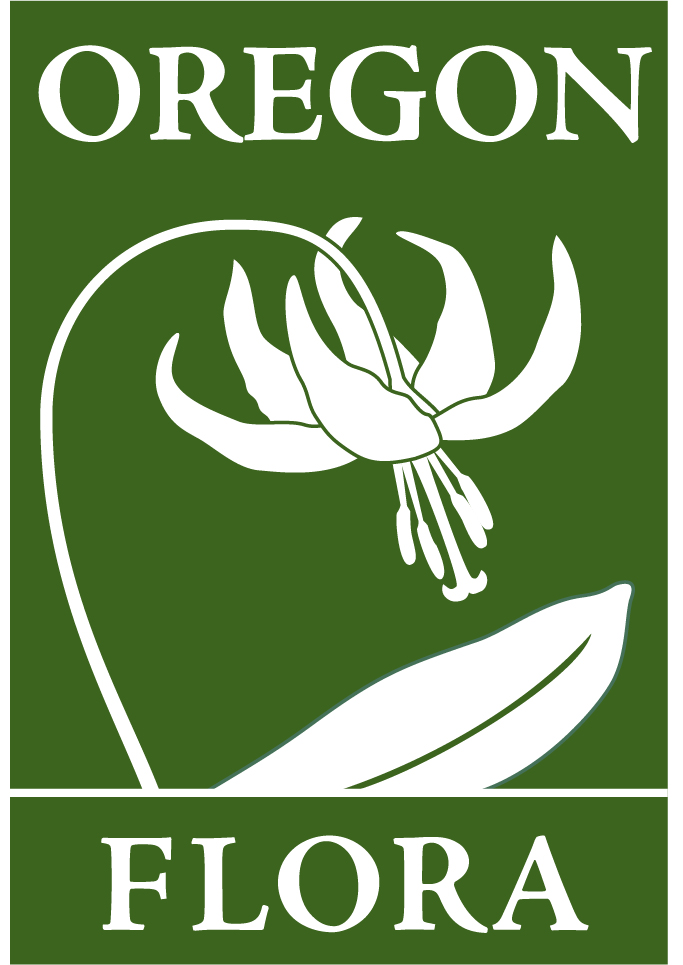OregonFlora: A Comprehensive Guide to the Vascular Plants of Oregon

If you’re interested in learning about plants native to Oregon, OregonFlora is a great resource to support your learning. They’ve assembled a guide to the 4,700+ vascular plants of Oregon which they share through their website, the Flora of Oregon books, and their wildflower identification app.
Learning about how and where native species grow in the wild can help you determine the best way to include those species in your own garden or landscape. By focusing on plants that are native to your particular ecoregion (i.e. a large area that has distinct environmental conditions), such as the Willamette Valley, you’ll help ensure your choices are well-adapted to your environment. Read below for how you can use OregonFlora to support your learning as well as general tips to support your native plant gardening.

OregonFlora Resources
- The OregonFlora website (oregonflora.org) provides a series of tutorials (in both video and text format) to help you easily navigate their website and its various resources.

- Their website has plant profile pages for every plant taxon (i.e., species, subspecies, and/or variety) that grows in the state of Oregon. You can search their website using common or scientific names to access profile pages.

- You can use their “Grow Natives” tool to select plants that will meet your gardening goals. Users can filter any of the 17 characters shown to see plant suggestions that are (or are most likely to be) commercially available.
- View an existing plant combination to see species that thrive together in a given habitat.
- Every species in the Grow Natives tool has a downloadable garden profile page.
- Use the many other tools available on the website to learn more about native species, how to identify plants, and where plants occur.
Tips for Gardening Success
- Start small! Select a few native plants species that fit into your garden niche, especially those that are easy to grow (see the Grow Natives filter for ease of growth).
- Remember that many native species do not like excessively fertile soil nor lots of summer water. Check the garden profile page for the favored conditions for cultivating each native species.
- Annual plants – plants that complete their life cycle in one growing season – provide instant gratification (and seed for next year) while perennial plants – plants that live for several years – require a bit more patience and planning, such as planting in the fall.
Shopping for Native Plants
- If possible, look for plants that were sourced from nearby.
- Remember that native plants can look unimpressive on the display shelves. Don’t hold that against them! Many species that are adapted to our hot, dry Willamette Valley summers go dormant and their leaves die back in order to prepare for autumn growth once the rains return.
- Many native perennial plants are best planted in the fall; the seeds/seedlings rely on the autumn rains to grow and develop resources for a springtime burst of growth and blooming.